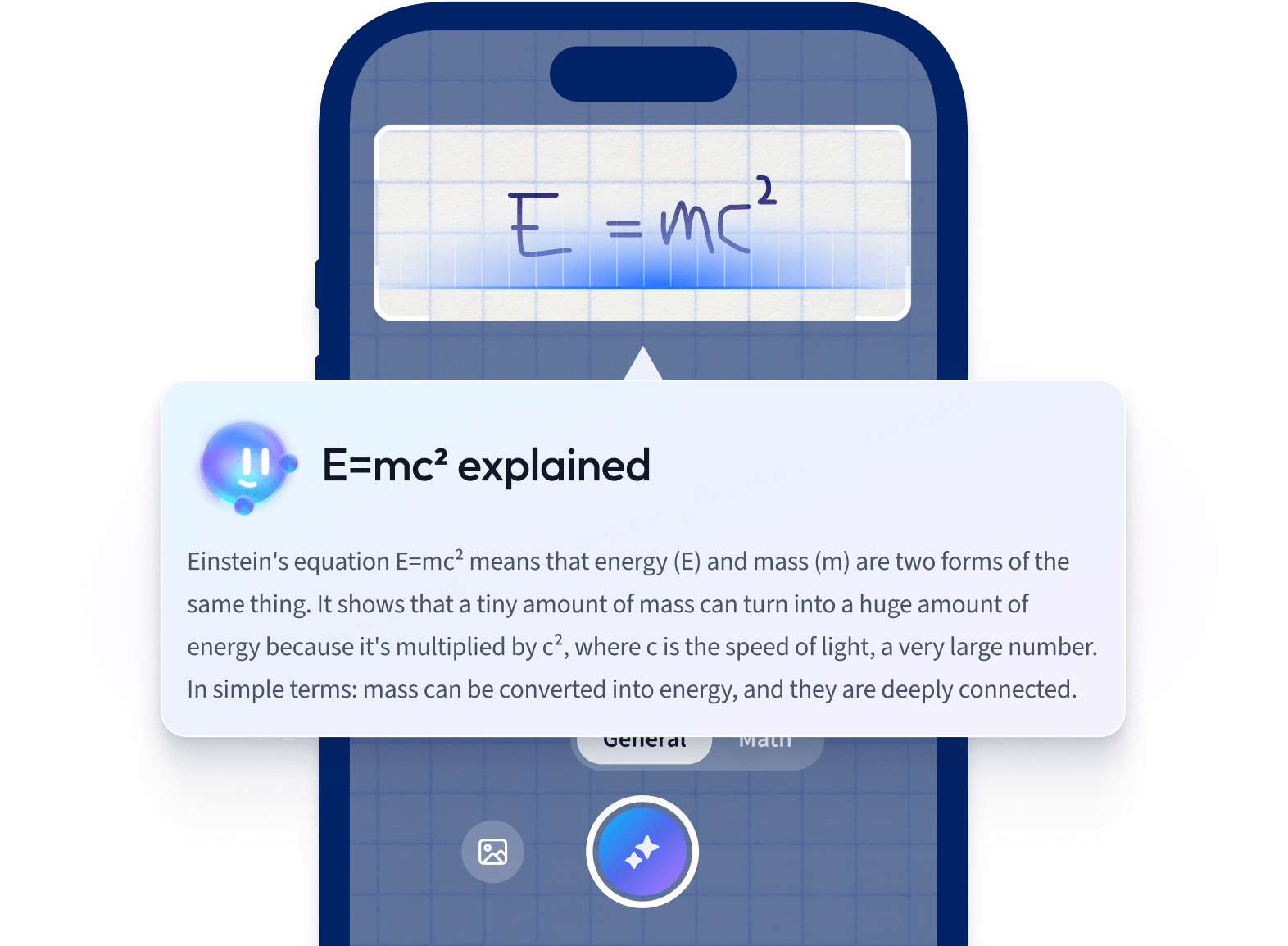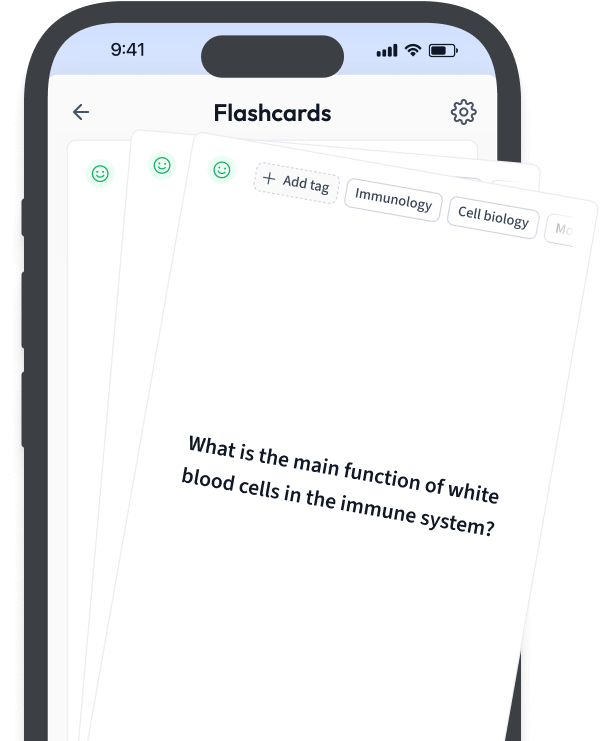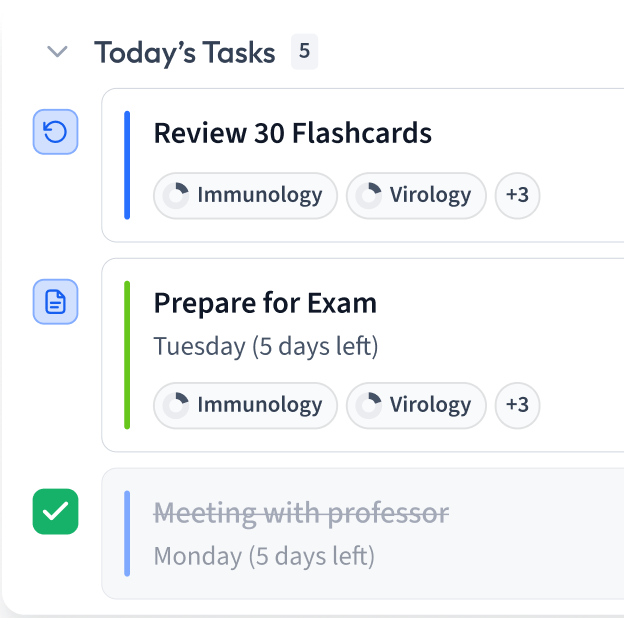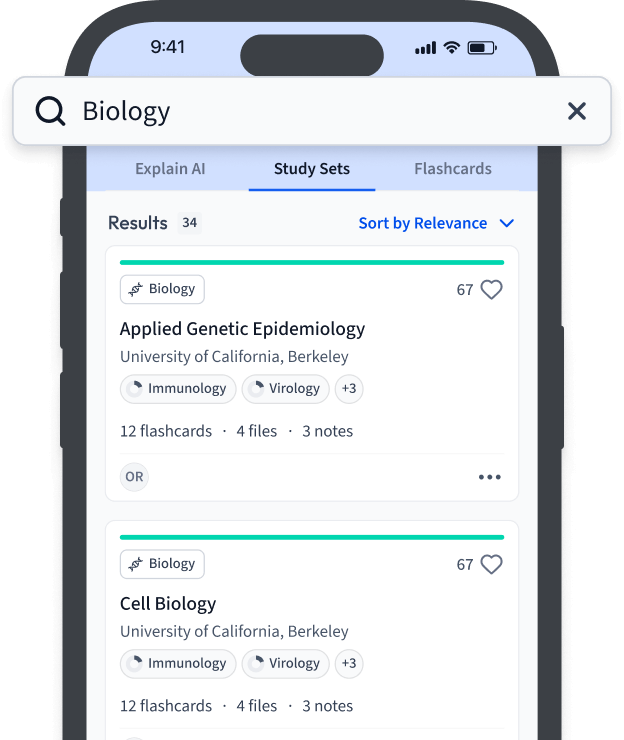The Romantics were a group of 18th-century poets who believed in the beauty of nature and the power of the individual.
Georgian poetry movement
The Georgian poets were a collective of British poets who predominantly worked during the reign of King George V. The poets' work was anthologised in several volumes in the years between 1910 and 1922, each known as Georgian Poetry. Some of the Georgian poets included the writers; Robert Graves, Edmund Charles Blunden, D.H. Lawrence and Siegfried Sassoon, among its more famous poets.
The Georgian poets arrived between two important movements in poetry, the Aestheticism of the Victorian period and Modernism, which followed the outbreak of the First World War. Georgian poetry was seen as a rejection of Aestheticism and the movement's motto 'art for art's sake' and its devotion to unnatural beauty. The work of the Georgian poets was often romantic and sentimental, and it has often been described as 'innocent'.
Aestheticism was an art movement of the late 19th century that believed that art should value beauty over meaning.
Modernism was an art movement that became prominent after the First World War. Modernists looked to move away from traditional forms of storytelling and to experiment more in their art.
The anthologies produced were central to the Georgian poetry movement. Poet Rupert Brooke and editor Edward Marsh had a desire to make their poetry more accessible to a wider audience. There were five anthologies published between the years 1911 and 1922. The poems within these volumes would use traditional forms and techniques. Georgian poetry would often use strict meter and rhymes.
Fig. 1 - The Georgian poets take their name from the reign of King George V.
Georgian history
The Georgian period in history runs from 1910 up until the death of King George V in 1936. It was a turbulent time in British history, the First World War began in 1914. The years following the war saw an increasing rise in fascism that preceded World War II. It was also a period of rising communism and socialism, which brought fear to the British elite. Both Ireland and India began movements to gain independence from Great Britain and its empire.
In literature, the Georgian period was known for the emergence of Modernism. Modernism was a movement where writers began to experiment with new ways to present stories or tell their poetry. Writers such as Virginia Woolf and T.S. Eliot were at the forefront of literary Modernism. Georgian poetry was, in many ways, a rejection of Modernism.
Georgian poets
Here we will take a brief look at some of the prominent poets from the Georgian poetry movement.
Robert Graves
Robert Graves was an English poet and novelist born in London on 24th July 1895. Like his fellow Georgian poets, Graves neglected the more experimental fashion of the time to write traditional forms of poetry. Graves served in the army during the First World War and was greatly affected by it, suffering from what is now known as PTSD. Robert Graves often wrote in meter and about love. He was appointed professor of poetry at Oxford University in 1961.
PTSD is an acronym for Post Traumatic Stress Disorder; a disorder suffered after experiencing a shocking or traumatic event. It is most closely associated with war; however, any event can trigger the disorder.
Edmund Charles Blunden
Born on 1st November 1896 in London, England, Edmund Charles Blunden was a poet and a scholar. Blunden spent time teaching in Japan and Hong Kong, and his time in Asia influenced his later poetry. Blunden's poetry is usually written in traditional forms and would regard rural life in England. Like many other Georgian poets, Blunden fought in the First World War as a young man. He wrote about his experiences in the memoir Undertones of War (1928).
Access millions of flashcards designed to help you ace your studies
Sign up for free
Walter de la Mare
Walter de la Mare was an English poet and novelist born on 25th April 1873. Walter de la Mare was a prolific writer. Apart from his poetry, he had also written many novels, plays and short story collections. Walter de la Mare is most renowned for his work in children's literature. His most famous poem is 'The Listeners' (1912), a poem in which the speaker visits a house inhabited by ghosts.
Georgian poetry characteristics
We will now look at some of the more familiar features of Georgian poetry, including its use of formal techniques, Romanticism and sentimentality.
Formal techniques
Georgian poetry is perhaps most famous for its use of formal techniques to produce a more traditional form of poetry. Formal techniques in poetry refer to a poem's use of rhyme scheme and meter. Meter is the rhythm and use of syllables in each line. The most commonly used metric form in English is iambic pentameter, as used in Robert Graves' poem 'The Cool Web' (1927). A poem's rhyme scheme determines its end rhymes. Most Georgian poetry uses strict meter and rhyme schemes.
Iambic pentameter is a metric form that consists of five pairs of syllables. The first syllable is stressed, followed by an unstressed syllable, so there are ten syllables in each line.
Romanticism
Romanticism was a movement that was a rejection of the newfound modernity of the 18th century. Romanticism believed in the transcendental beauty of nature, a feeling that there is more to nature than science can explain. The Georgian poets echoed the ideals of Rromanticism. Many of the themes in Georgian poetry, such as love and the beauty of nature, are similar to the Romantics before them.
Sentimentality
Sentimentality is having a sad and somewhat tender nostalgic feeling towards something. Georgian poetry, in its nature, is sentimental due to its reverence for the more traditional forms of poetic technique. Georgian poems also tend to be sentimental towards their subject matter, whether they are about love or nature. Georgian poetry is often sentimental in its themes and form.
Fig. 2 - Georgian poetry is often sentimental and nostalgic for traditional forms of poetry.
Georgian poetry examples
In this section, we will look at two examples of Georgian poetry, 'The Cool Web' and 'The Great Lover' (1915).
'The Cool Web' (1927)
Robert Graves' 1927 poem explores the importance of language, speech and communication. The speaker uses metaphor and vivid imagery to express how important speech is to the human experience. The speaker talks about how speech and language give people the ability to process the world around them. Graves' poem is formed of four stanzas with three quatrains and a final sestet at the end. The poem uses a consistent rhyme scheme for the quatrains that changes for the sestet. The poem also uses iambic pentameter to create what is a more traditional form of poetry.
'The Great Lover' (1915)
In Rupert Brooke's poem, the speaker is reflecting back on their romantic past. The speaker starts with the boastful claim of being a 'great lover' throughout their life. The speaker then goes on to talk of other things that they love, such as certain foods and scents. It is a long poem made up of three stanzas of differing lengths. The poem has a rhyme scheme of AABBCCDD, which means that the poem consists of pairs of rhyming couplets.
Georgian (Poets) (1910-1936) - Key takeaways
- The Georgian period in British history runs from 1910 up until the death of King George V in 1936.
- The Georgian poets were a collective of British poets who predominantly worked during the reign of King George V.
- The aim of the Georgian poets was to use traditional forms of poetry to write about romantic ideals.
- The three characteristics of Georgian poetry are formal techniques, Romanticism and sentimentality.
- The Georgian poets often used strict meter and simple rhyme schemes.
How we ensure our content is accurate and trustworthy?
At StudySmarter, we have created a learning platform that serves millions of students. Meet
the people who work hard to deliver fact based content as well as making sure it is verified.
Content Creation Process:
Lily Hulatt is a Digital Content Specialist with over three years of experience in content strategy and curriculum design. She gained her PhD in English Literature from Durham University in 2022, taught in Durham University’s English Studies Department, and has contributed to a number of publications. Lily specialises in English Literature, English Language, History, and Philosophy.
Get to know Lily
Content Quality Monitored by:
Gabriel Freitas is an AI Engineer with a solid experience in software development, machine learning algorithms, and generative AI, including large language models’ (LLMs) applications. Graduated in Electrical Engineering at the University of São Paulo, he is currently pursuing an MSc in Computer Engineering at the University of Campinas, specializing in machine learning topics. Gabriel has a strong background in software engineering and has worked on projects involving computer vision, embedded AI, and LLM applications.
Get to know Gabriel
















